Valuable Comic Books from the ’80s and ’90s
Comic books from the ’80s and ’90s hold a special place in the hearts of collectors and enthusiasts alike. During this time, the comic book industry experienced a renaissance, producing some of the most iconic and valuable issues to date. Many of these comics have become prized possessions, not just for their stories, but for their historical significance and rarity. For those who love the thrill of the hunt, these decades offer a treasure trove of potential finds.
The Rise of Comic Book Popularity in the ’80s and ’90s
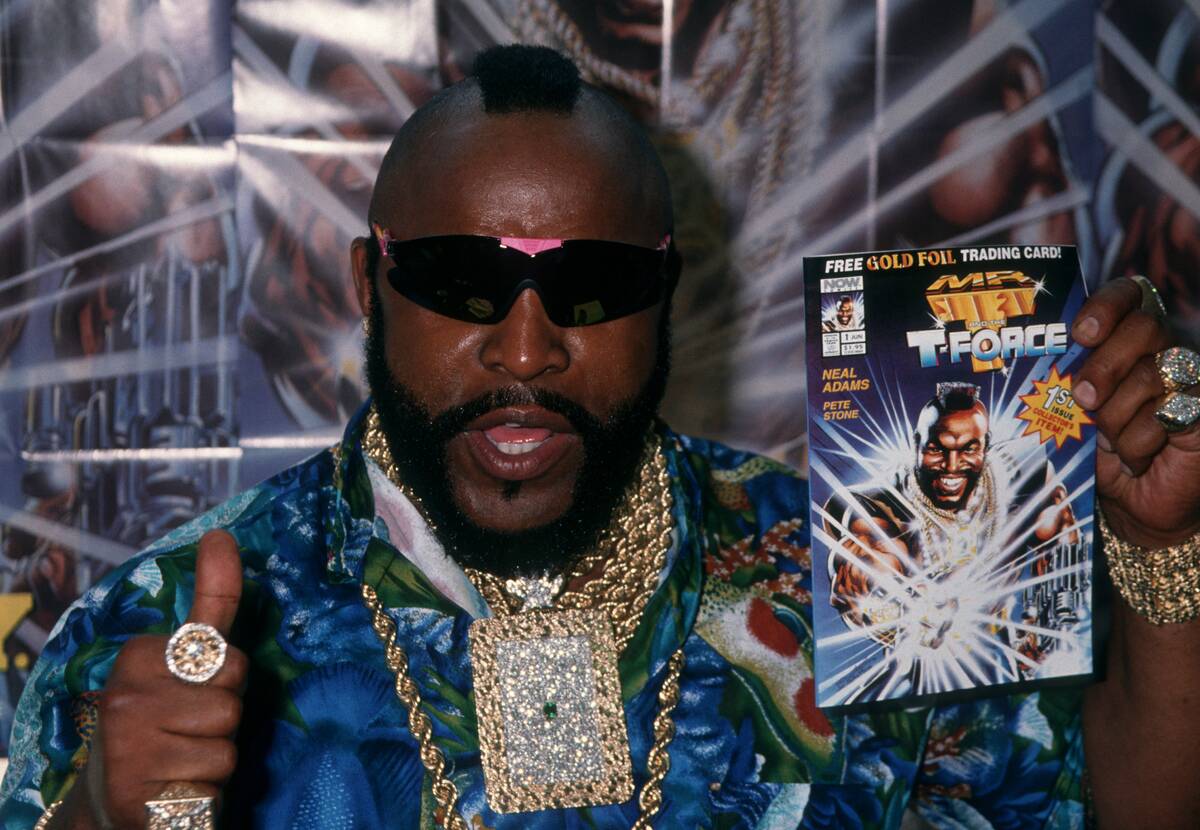
The ’80s and ’90s were pivotal decades for comic books, marked by a surge in popularity that brought superheroes into the mainstream. This era saw the rise of blockbuster superheroes and complex storytelling, appealing to a broader audience. The influence of movies and TV shows also contributed to the comic book boom, as characters leapt from page to screen, further cementing their cultural impact. It’s no wonder these decades are fondly remembered by fans and collectors.
Iconic Comic Book Publishers of the Era
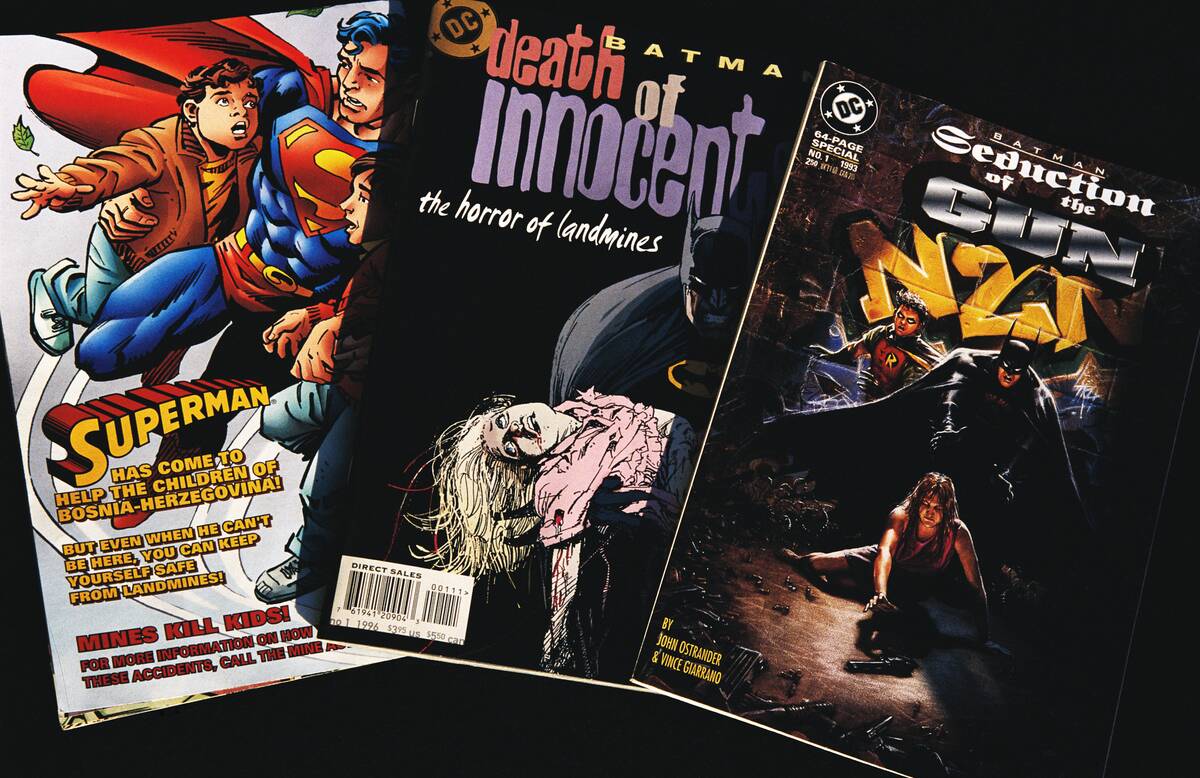
Marvel and DC Comics dominated the scene, but they weren’t the only players in town. Independent publishers like Dark Horse Comics and Image Comics emerged, offering fresh perspectives and innovative storylines. These publishers introduced characters and series that broke the mold, challenging traditional superhero narratives. The diversity of publishers and their distinct styles enriched the comic book landscape, providing fans with a wide array of options and inspiring a new generation of creators.
The Significance of First Appearances
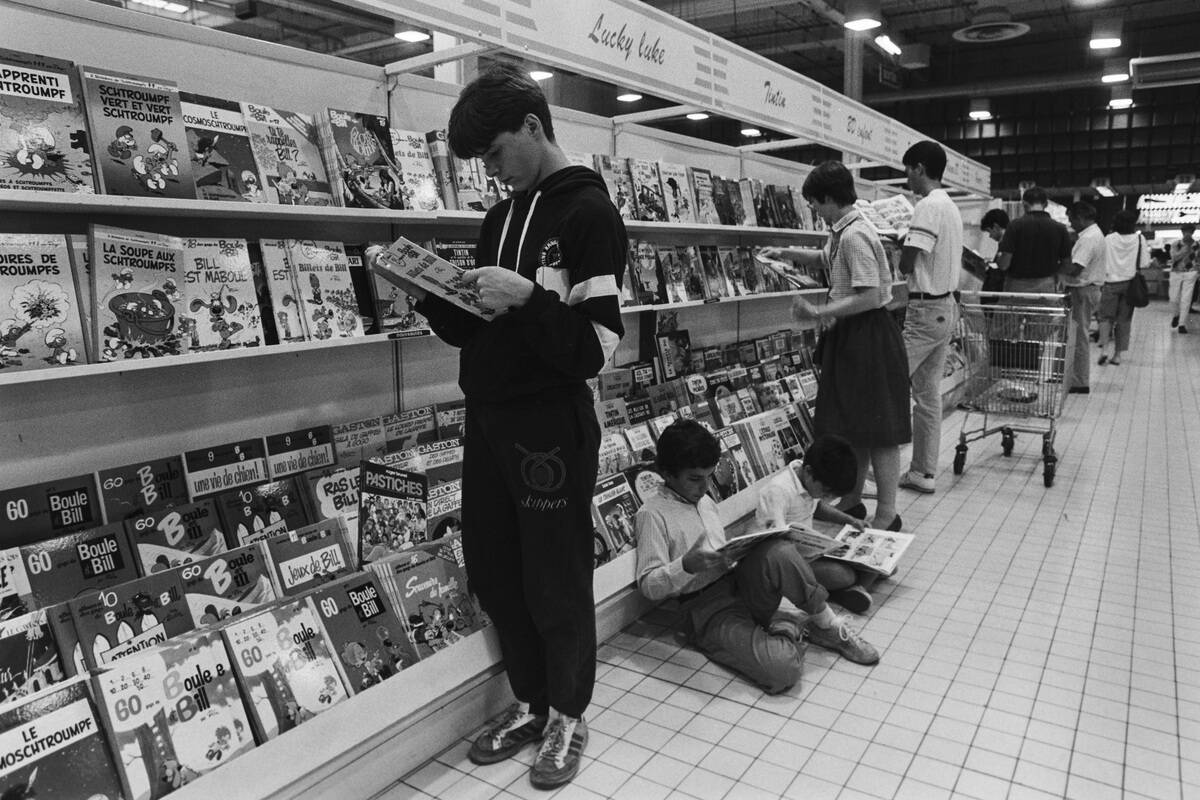
First appearances are like gold in the comic book world, often marking the debut of beloved characters. They capture the moment when a character first steps onto the scene, setting the stage for their future adventures. These issues are highly sought after by collectors, not only for their rarity but for their historical value. From Wolverine to Deadpool, many characters that are household names today had their humble beginnings in these prized first issues.
The Role of Limited Print Runs in Value
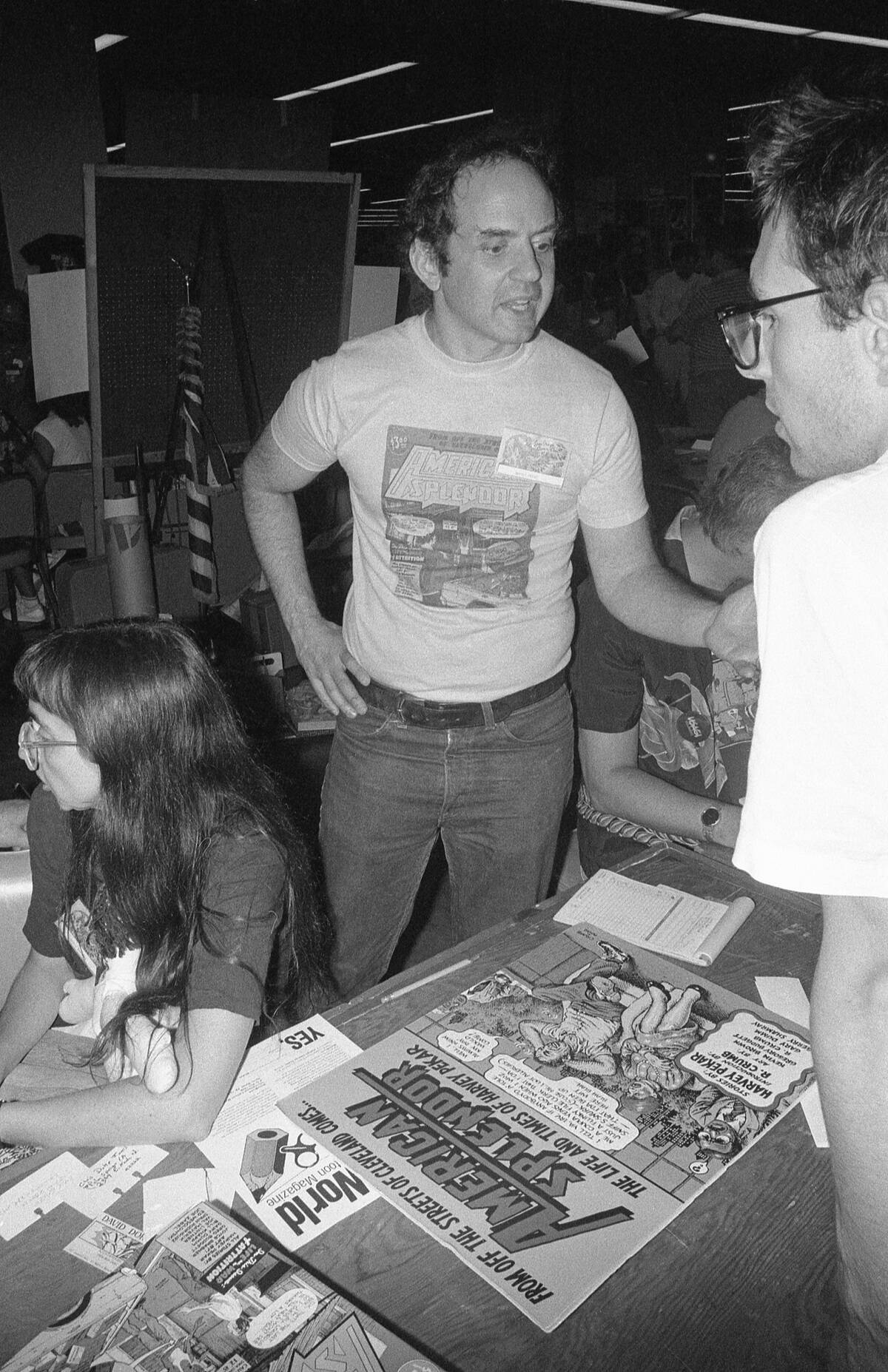
Limited print runs can significantly enhance the value of a comic book. When a publisher prints fewer copies of an issue, it creates scarcity, which in turn drives up demand and value. This was particularly true in the ’80s and ’90s, as collectors began to recognize the investment potential of comics. Limited editions and variants became a hot commodity, with fans eager to get their hands on these rare gems. It’s the classic supply and demand at play.
Key Factors That Drive Comic Book Value
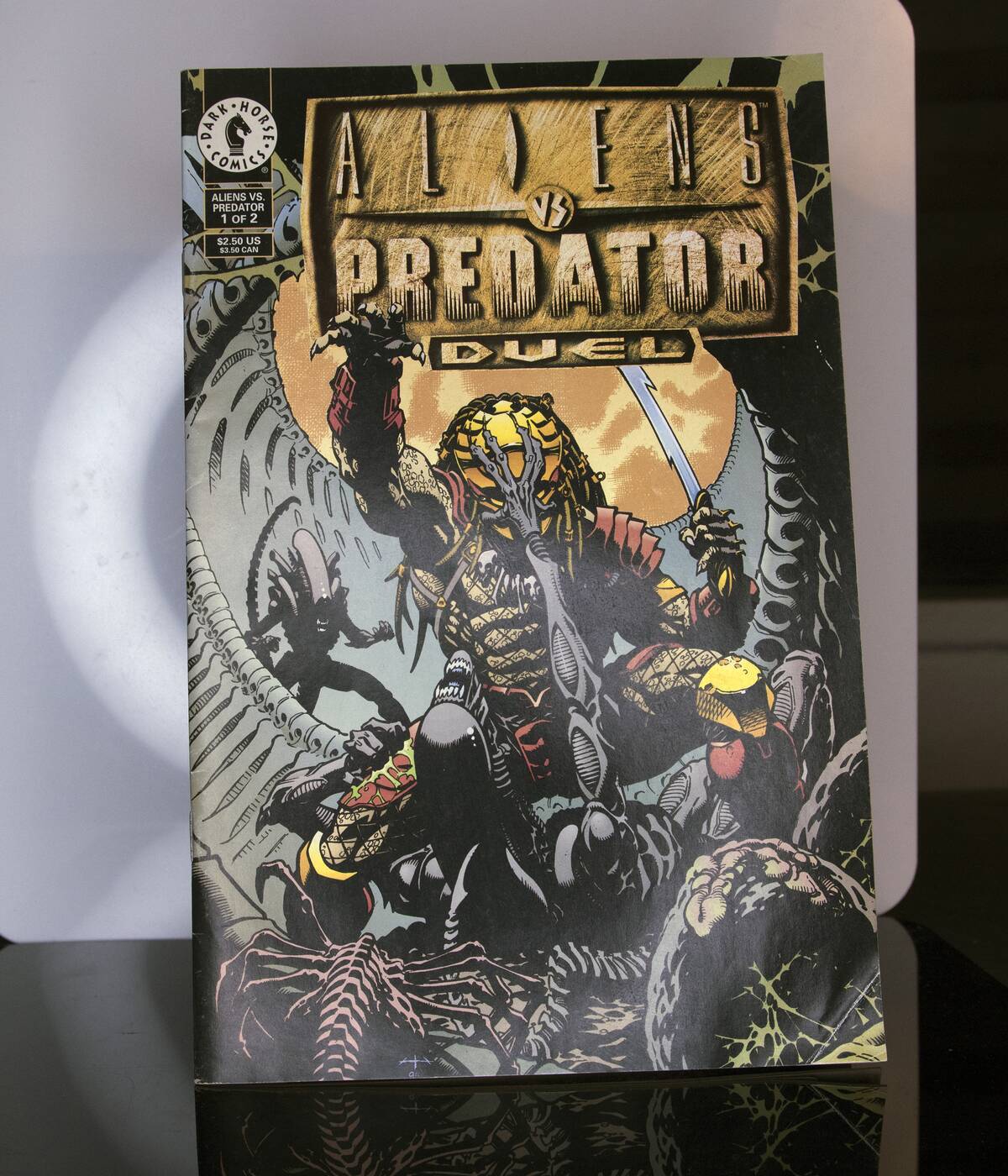
Several factors influence a comic book’s value, including rarity, condition, and historical significance. High-grade comics, those free from creases and tears, fetch higher prices. Key issues, like first appearances or pivotal storylines, also command a premium. Additionally, cultural impact plays a role; comics that resonate with readers or reflect societal shifts often gain value. Understanding these factors can help collectors make informed decisions about their purchases.
The Emergence of Comic Book Grading

Comic book grading emerged as a way to standardize the evaluation of a comic’s condition, using a scale from 0.5 to 10.0. Professional grading services, like CGC, assess the physical state of a comic, encapsulating it in a protective case with a grade label. This process provides collectors with assurance of the comic’s condition, often enhancing its market value. Grading has added a layer of credibility and confidence to comic book collecting, attracting new enthusiasts.
Frank Miller’s Impact: The Dark Knight Returns
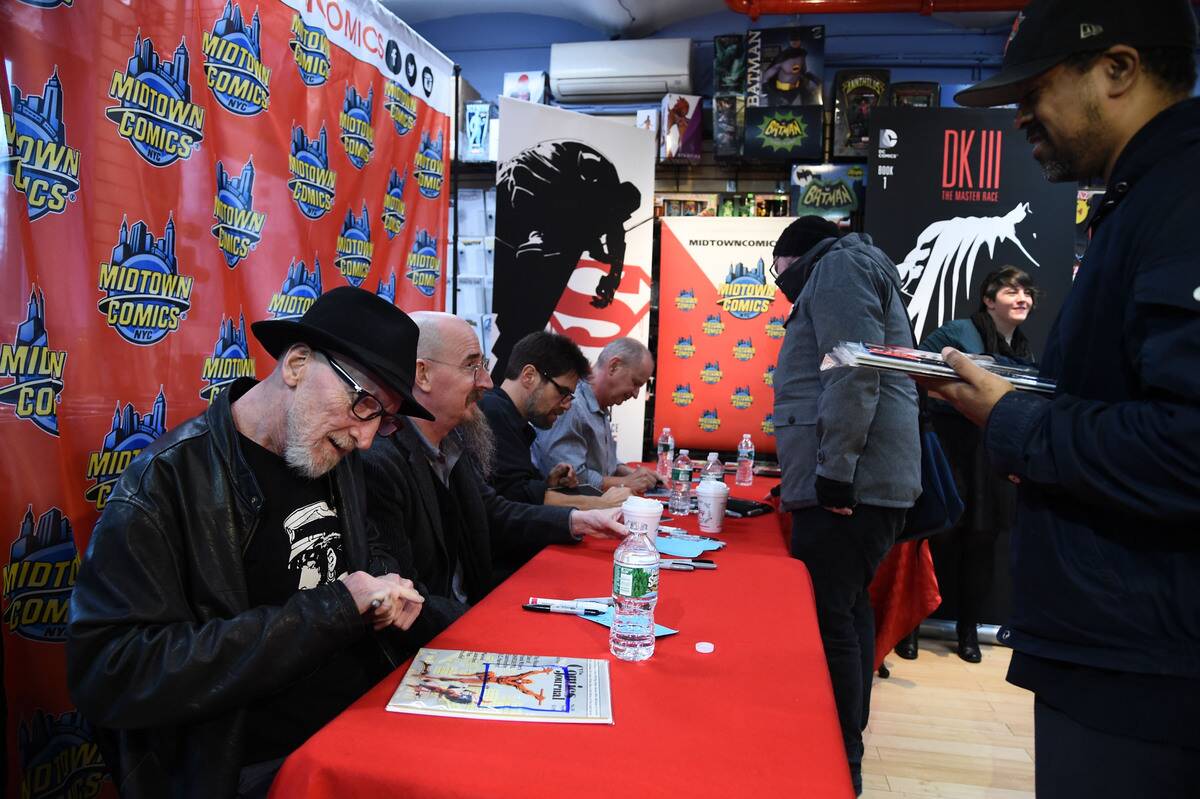
Frank Miller’s ‘The Dark Knight Returns’ is a seminal work that redefined Batman for a new generation. Released in 1986, this four-issue miniseries presented a darker, grittier version of the Caped Crusader, influencing countless adaptations. Miller’s narrative and artistic style brought a new depth to the character, ushering in a wave of mature-themed comics. Today, it stands as a cornerstone of comic book literature, revered by fans and collectors for its revolutionary impact.
The Phenomenon of Teenage Mutant Ninja Turtles #1

Released in 1984 by Mirage Studios, ‘Teenage Mutant Ninja Turtles #1’ became an unexpected hit, capturing the imaginations of readers. With a modest initial print run of just 3,000 copies, the comic quickly became a rare find. Its unique blend of humor, action, and anthropomorphic heroes resonated with audiences, spawning a multimedia franchise. Today, a first printing of this iconic issue can fetch thousands of dollars, testament to its enduring popularity and cultural significance.
Todd McFarlane’s Spider-Man: A Game Changer

Todd McFarlane’s work on Spider-Man in the late ’80s and early ’90s left a lasting mark on the character and the comic industry. His dynamic art style and innovative storytelling revamped the web-slinger, attracting a legion of fans. McFarlane’s influence extended beyond the pages, as he co-founded Image Comics, championing creator-owned projects. His tenure on Spider-Man remains a pivotal moment in comic history, celebrated for its artistic flair and industry-shifting impact.
The Intrigue of Watchmen #1

Alan Moore and Dave Gibbons’ ‘Watchmen #1,’ released in 1986 by DC Comics, broke new ground in storytelling. This 12-issue series explored complex themes, deconstructing the superhero genre with a gritty, realistic approach. Its layered narrative and intricate artwork captivated readers, earning critical acclaim and a devoted fanbase. ‘Watchmen’ challenged the conventions of comic books, paving the way for more sophisticated narratives. Today, it remains a benchmark of excellence in the medium.
The Introduction of Venom in The Amazing Spider-Man

Venom, one of Spider-Man’s most formidable foes, made his first full appearance in ‘The Amazing Spider-Man #300’ in 1988. Created by writer David Michelinie and artist Todd McFarlane, Venom quickly became a fan favorite. His menacing presence and complex relationship with Spider-Man added depth to the series. Collectors highly covet this issue, not only for introducing Venom but also for McFarlane’s striking cover art. It’s a must-have for any Spider-Man enthusiast.
The Sensation of X-Men #1 (1991)
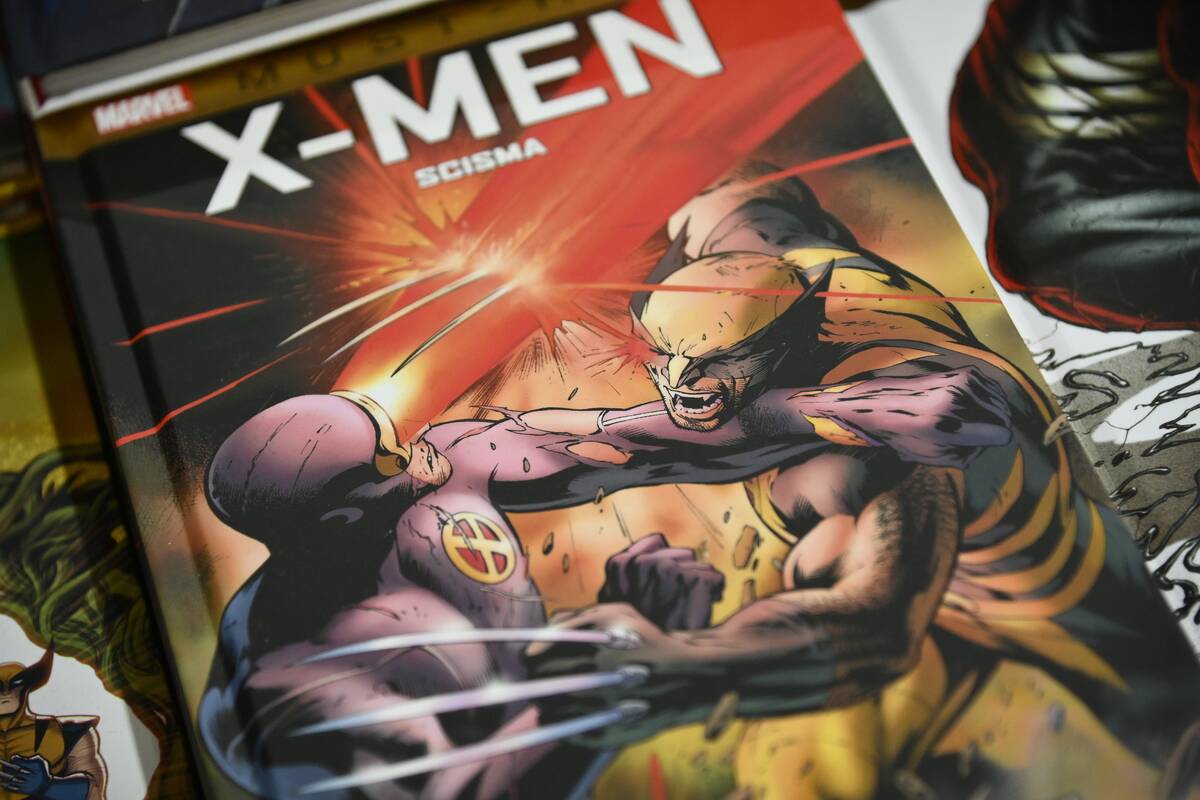
Jim Lee’s ‘X-Men #1’ in 1991 set a record as the best-selling comic book of all time, with over 8 million copies sold. It marked a new era for the X-Men, featuring Lee’s dynamic artwork and a refreshed storyline. The issue’s success was bolstered by multiple variant covers, enticing collectors. Despite its high print run, ‘X-Men #1’ holds nostalgic value for many fans, representing the height of the comic book boom and the influence of the X-Men franchise.
Jim Lee’s Influence on the Comic Book Industry

Jim Lee is a powerhouse in the comic book world, renowned for his distinctive art style and storytelling prowess. His contributions to iconic series like X-Men and Batman have left an indelible mark on the industry. Lee’s work helped define the aesthetic of the ’90s, influencing a generation of artists. Beyond his artistic achievements, Lee played a pivotal role in the founding of Image Comics, advocating for creator rights. His legacy continues to inspire and shape modern comics.
The Cult Status of Sandman: Neil Gaiman’s Masterpiece

Neil Gaiman’s ‘Sandman,’ first published by DC’s Vertigo imprint in 1989, transcended traditional comic book boundaries. Blending mythology, horror, and fantasy, the series captured the imagination of readers with its rich storytelling. Gaiman’s creation of the enigmatic Dream and his realm of The Endless garnered critical acclaim and a devoted following. ‘Sandman’ is celebrated not only for its narrative depth but also for its artistic innovation, earning a prominent place in the pantheon of graphic literature.
The Impact of Batman: Year One
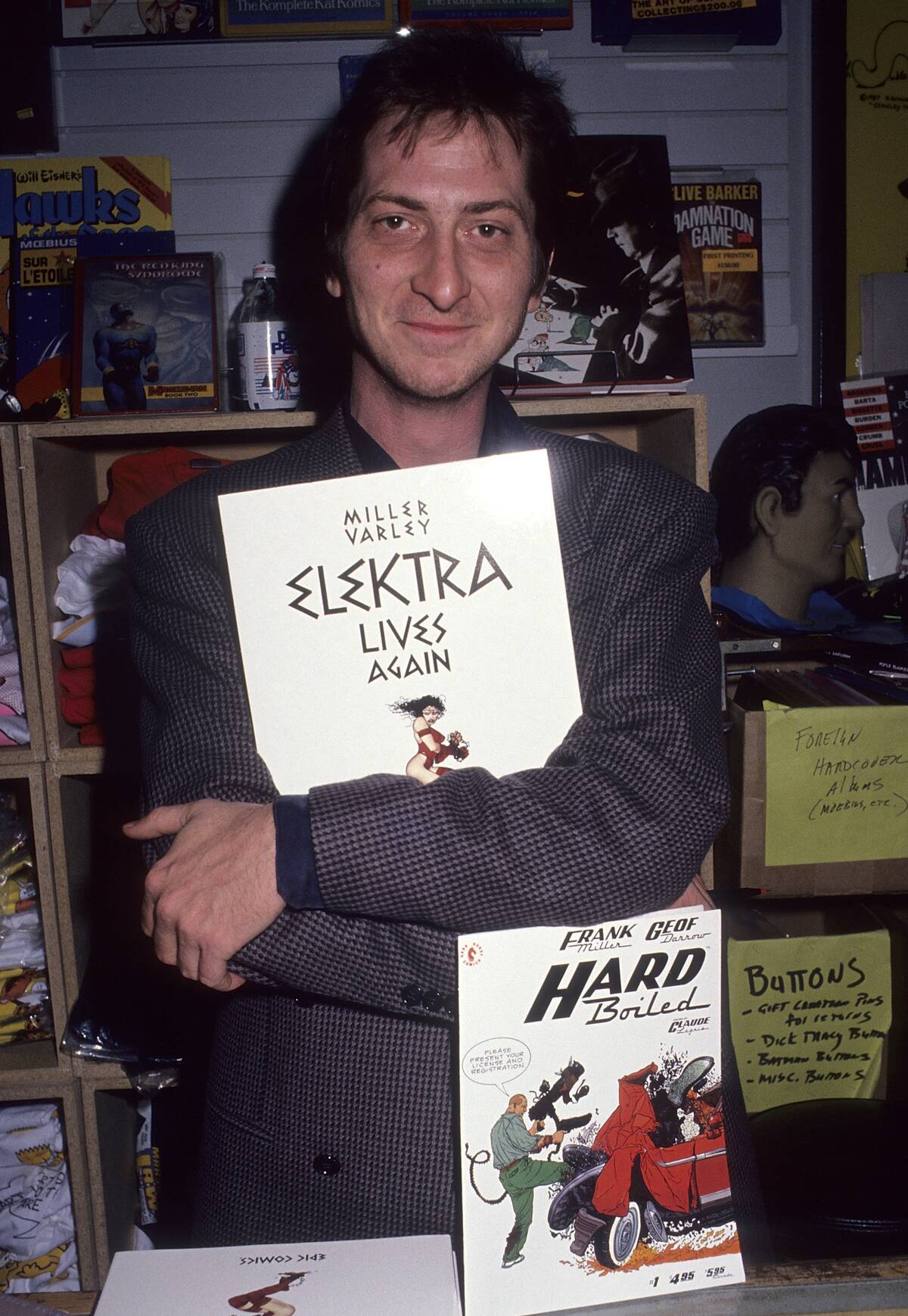
Frank Miller’s ‘Batman: Year One,’ illustrated by David Mazzucchelli, redefined the Dark Knight’s origin story when it debuted in 1987. This four-part arc, published in ‘Batman #404-407,’ offered a gritty, realistic take on Batman’s early days. The story’s focus on character development and its noir-inspired art style resonated with readers, influencing subsequent Batman portrayals. ‘Year One’ is lauded for its enduring impact on the Batman mythos, serving as a foundational text for fans and creators alike.
Valuable Variants and Their Appeal
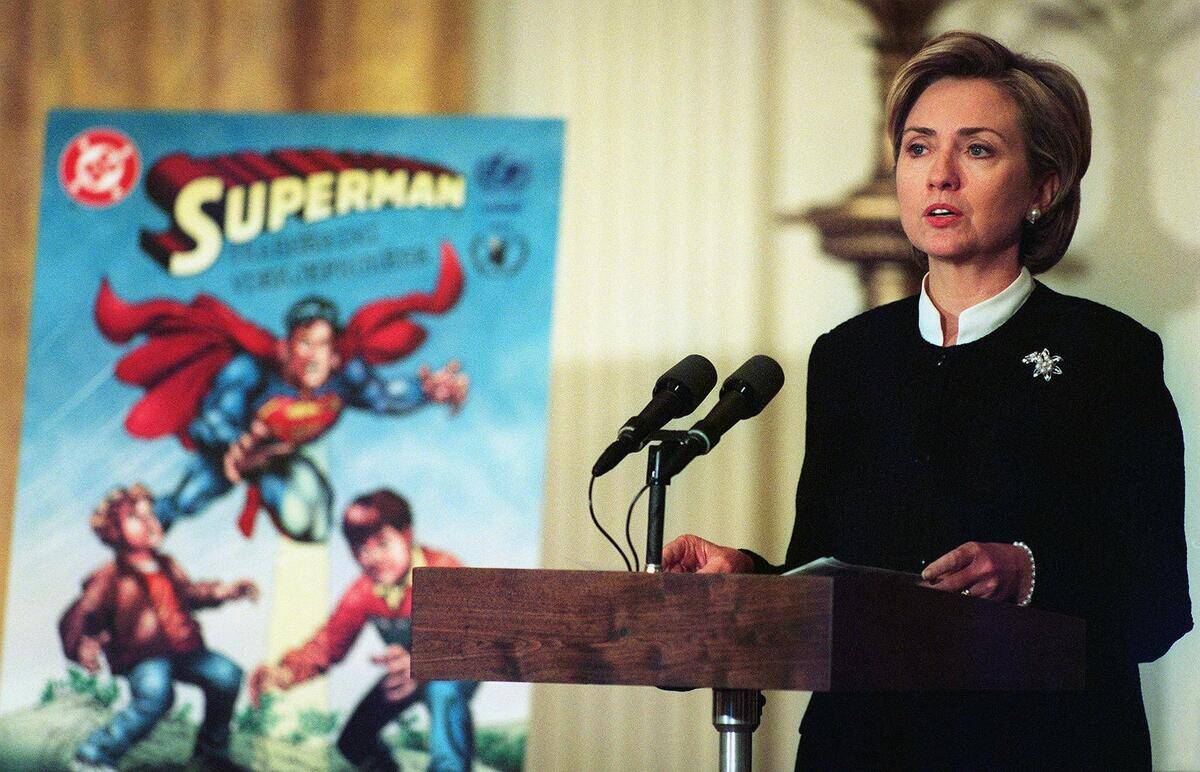
Variant covers became a phenomenon in the ’90s, offering collectors unique versions of their favorite comics. These alternate covers, often featuring different artwork or special enhancements, created a sense of exclusivity and desirability. Collectors eagerly sought out these variants, driving up their market value. Today, variants continue to captivate enthusiasts, with some fetching impressive prices at auctions. Their appeal lies in their rarity and the artistic talent they showcase, making them prized additions to any collection.
The Legacy of Deadpool’s First Appearance

Deadpool made his first appearance in ‘The New Mutants #98’ in 1991, created by writer Fabian Nicieza and artist Rob Liefeld. Known for his irreverent humor and breaking the fourth wall, Deadpool quickly became a fan favorite. This issue, featuring the Merc with a Mouth, is highly sought after by collectors. Deadpool’s unique character and enduring popularity have cemented this comic’s status as a valuable piece of comic book history, appealing to both new and seasoned collectors.
The Role of Comic Book Conventions in Popularizing Comics
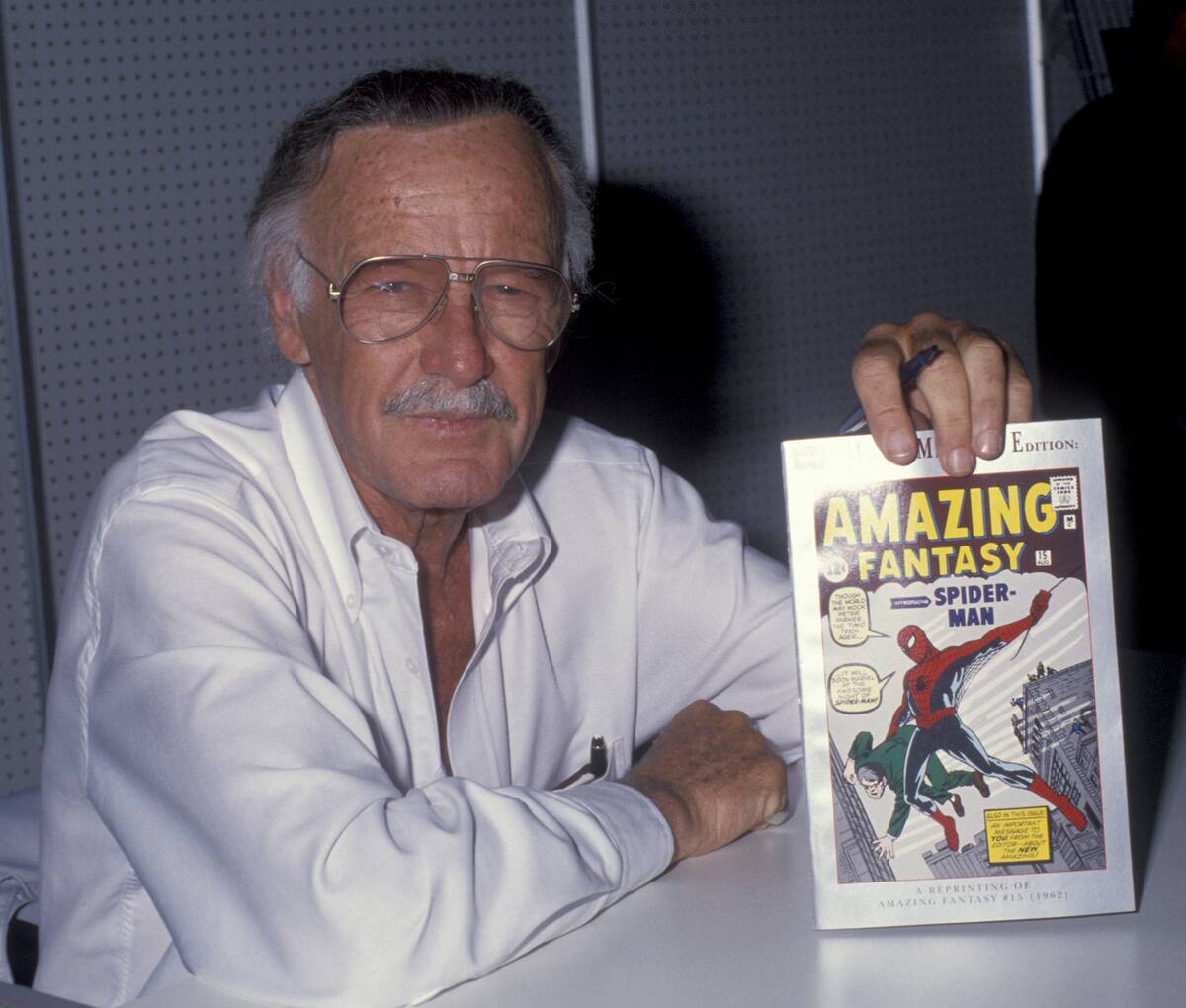
Comic book conventions have played a crucial role in elevating the profile of comics, bringing fans and creators together in a shared celebration of the medium. Events like San Diego Comic-Con offer enthusiasts a chance to discover new titles, meet industry legends, and connect with fellow fans. These gatherings foster a sense of community and excitement, often leading to increased interest in comics. Conventions have become essential platforms for promoting and celebrating the art of comic books.
How Nostalgia Drives Comic Book Collecting
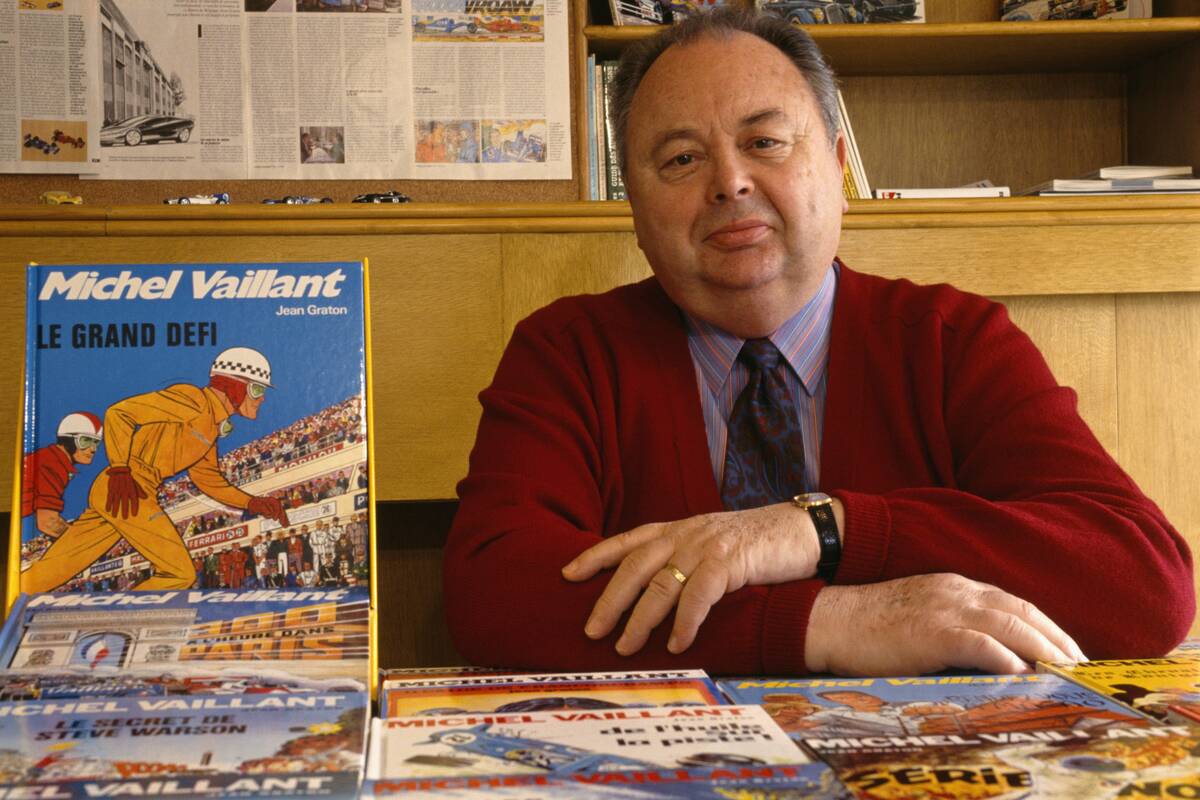
Nostalgia is a powerful force in comic book collecting, as fans seek to recapture the magic of their youth. Many collectors are drawn to the comics they loved as children, relishing the stories and characters that shaped their imaginations. This emotional connection often drives the market, with nostalgic titles commanding high prices. Collecting provides a tangible link to cherished memories, allowing fans to relive the joy and wonder of their favorite comics from the past.
Tips for Aspiring Comic Book Collectors
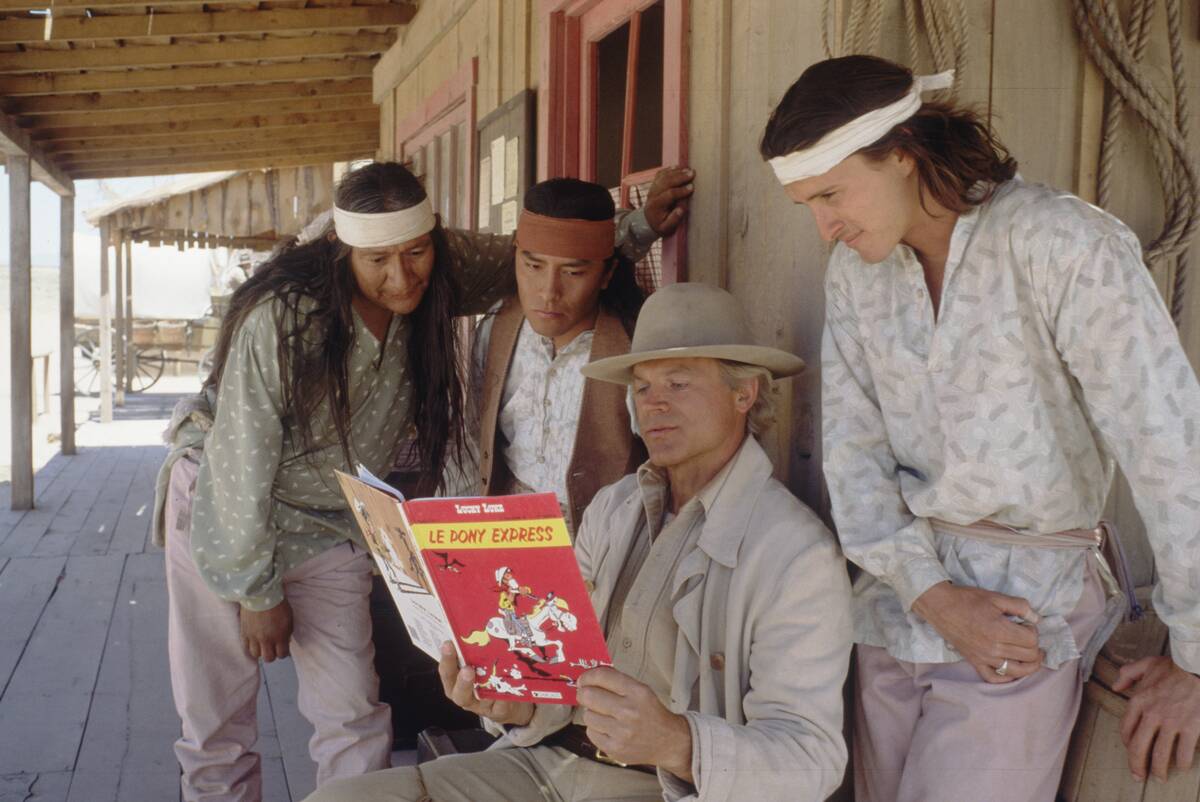
For those looking to start a comic book collection, there are a few key tips to keep in mind. First, focus on what you love; collecting should be a passion, not just an investment. Research the market and educate yourself on key issues and grading. Attend conventions and join online communities to connect with fellow enthusiasts. Finally, always handle comics with care to preserve their condition. With these tips, budding collectors can embark on a rewarding journey into the world of comics.
The Future of Comic Book Collecting: What to Expect

The future of comic book collecting looks bright, with digital innovations and diverse storytelling expanding the medium’s reach. As new platforms and formats emerge, collectors can expect to see a blend of traditional and modern comics. The market will likely continue to evolve, with nostalgia and cultural relevance driving demand. Whether collecting physical issues or exploring digital archives, enthusiasts can look forward to a dynamic and ever-changing landscape, ensuring that the magic of comics endures for generations to come.



